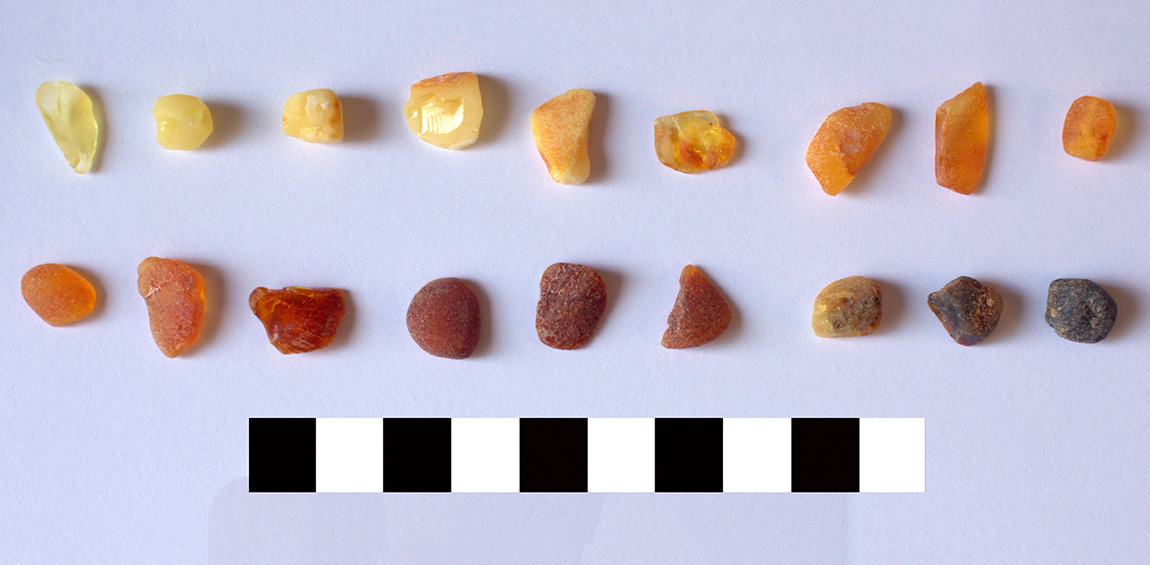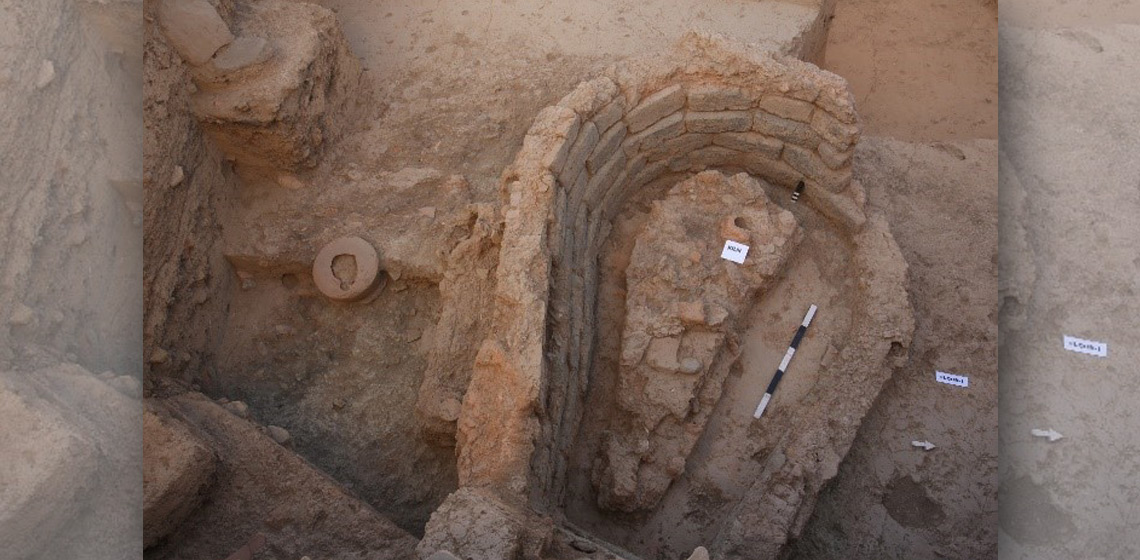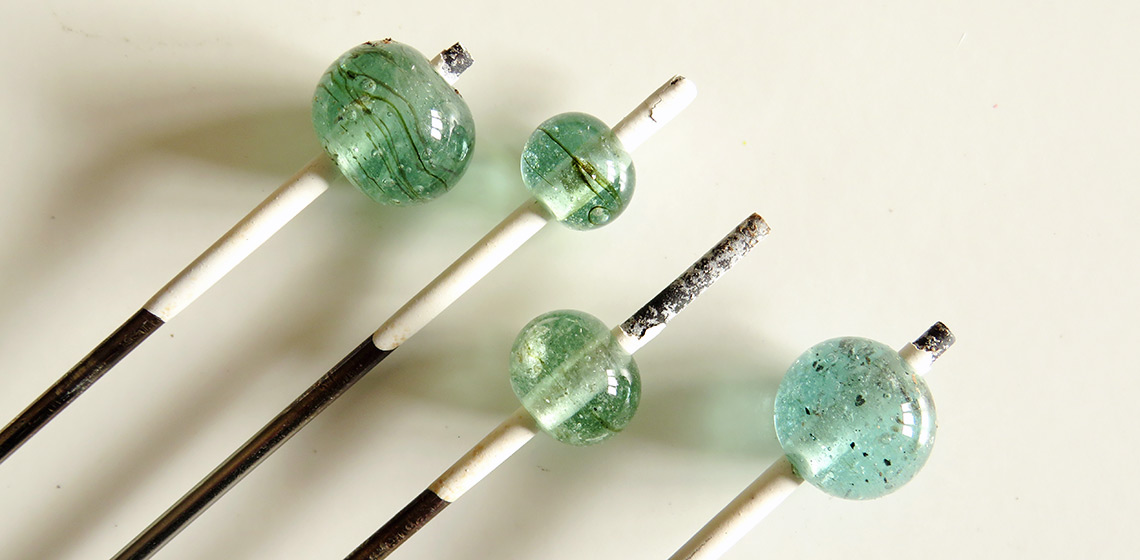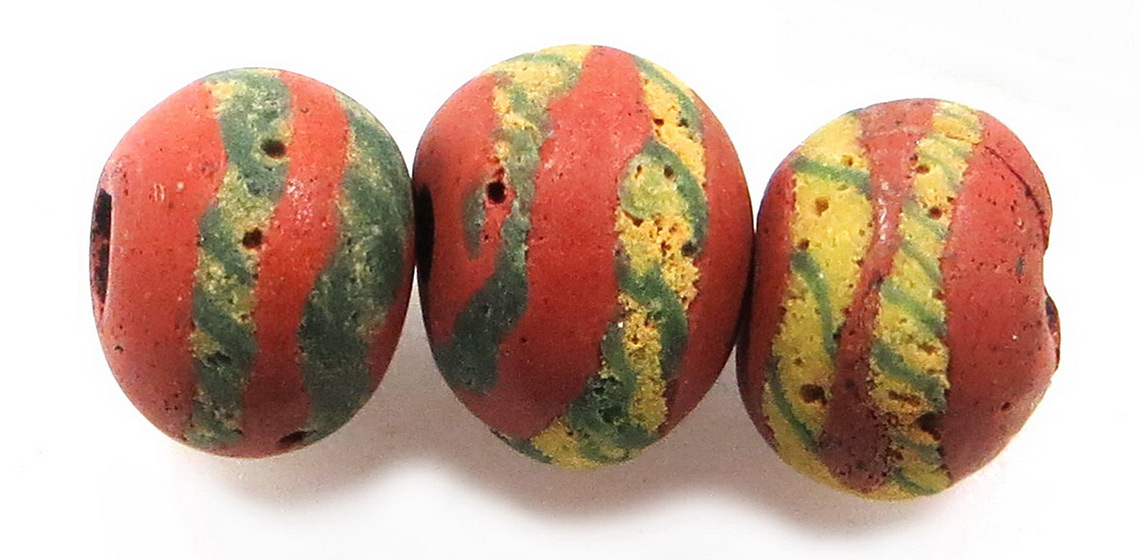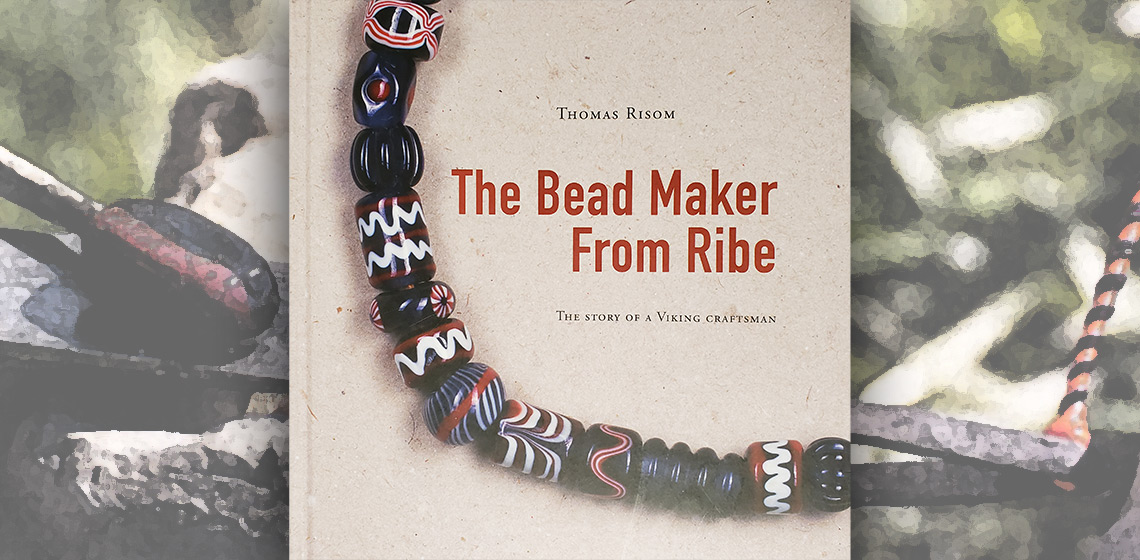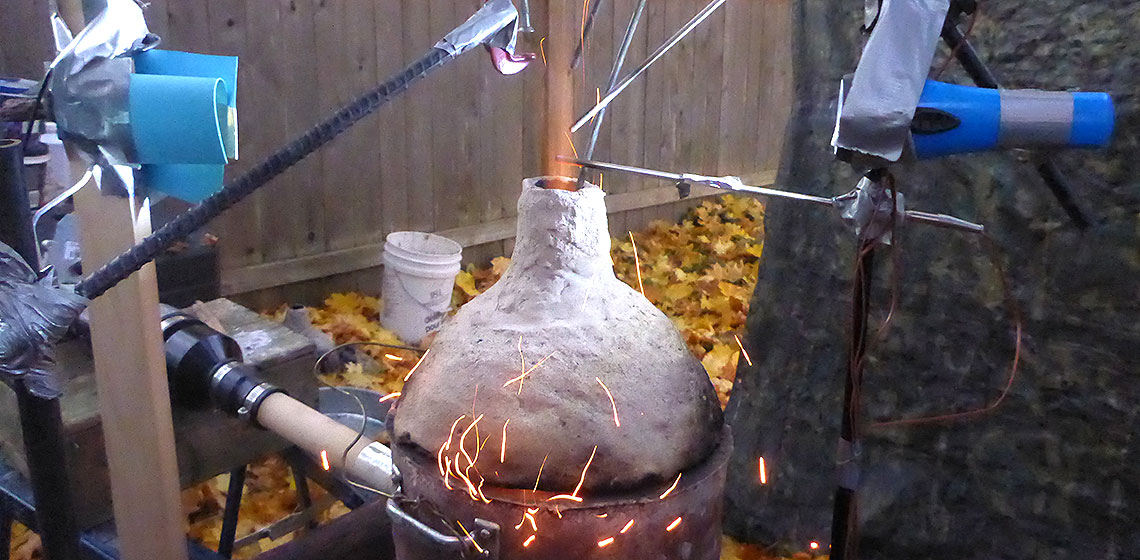bead
Experimental Approaches to Amber Bead Production in Early Medieval (Fifth- And Sixth-Century AD) England
Publication Date
Tens of thousands of amber beads have been recovered from furnished early medieval female burials of the later fifth to early seventh centuries AD in southern and eastern Britain (Brugmann, 2004, fig. 64; Huggett, 1988, pp.64-66). Amber reached its peak in the middle of the sixth century, overtaking even glass beads in popularity (Huggett, 1988, p.64; Brugmann, 2004, p.47; Hirst, 1985, p.75). Despite the wealth of evidence for the finished objects, no archaeological traces of amber-working in southern Britain during the same period have yet been identified, from either excavated settlements or cemeteries....
Reconstructing the Pyrotechnological Development of the Harappans Using Ethnoarchaeological Parallels in The Region of Ghaggar, India
Publication Date
Indus Valley Civilization flourished in India and Pakistan owing to its technological advancements dating back to the 3rd millennium BC. The present paper aims to trace the emergence of pyrotechnology through documenting the industrial settlements that have been excavated in recent years, as well as locating the potential trading network for the craft items being produced at these small settlements on...
Testing Roman Glass in the Flame
Publication Date
Glass made during the Romano British period was recycled throughout the Late Roman and Early Medieval periods. Studies have shown that British beadmakers of the fifth and early sixth centuries AD made a large proportion of their beads using Roman period glass (Peake, 2013). To study fully the techniques of glass workers in early Anglo-Saxon times, it is important to...
Anglo-Saxon Beads: Redefining The “Traffic Lights”
Publication Date
Many thousands of glass beads have been excavated from Early British cemeteries of the fifth and sixth centuries AD. Amongst these beads is a type that was particularly common: decorated polychrome beads in red, yellow, and green glass in a variety of styles and combinations. Birte Brugmann, in her 2004 analysis of Saxon-period glass beads (Brugmann, 2004), named these beads “Traffic Light” (TL) beads...
Book Review: The Bead Maker From Ribe: The Story of a Viking Craftsman by Thomas Risom
Publication Date
Having been involved with experimental work with Viking Era beads for a decade and a half, I am always looking for more information on the topic. Ribe is the most significant beadmaking site of the Viking Era due to its archaeological remains and the museum’s active experimental, interpretative, and craft programs. New material focusing on this site is thus of particular interest, so I was very pleased to get a copy...
The Mother of All Bead Furnaces: Testing a Hypothesis about a Natural Draft Bead Furnace
Publication Date
As a part of the ongoing exploration of Viking Era glass bead production, the Dark Ages Re-creation Company (DARC) team perform new pilot experiments on a regular basis. These experiments provide a preliminary understanding of a specific construct or research question, allowing us to judge the validity of further experiments, as well as what equipment or additional questions may be necessary as a part of...
Kicking Ash, Viking Glass Bead Making
Publication Date
10th EAC Leiden 2017
***Tens of thousands (Callmer, 1977, pp.12-32) of beads marking the rich graves of the Viking world indicate that the production of these beads is an area worthy of study. Evidence such as mandrels, crucibles, bead fragments, and semi-manufactures exist at Helgo, Birka, Paviken, Hedeby (Lundström, 1976, p.3), Kaupang (Gaut, 2011, p.232), Frojel (Carlsson, 2011), Åhus (Callmer, 2001, p.138), and Ribe (Sode, 2004, p.86). At Ribe...
***Tens of thousands (Callmer, 1977, pp.12-32) of beads marking the rich graves of the Viking world indicate that the production of these beads is an area worthy of study. Evidence such as mandrels, crucibles, bead fragments, and semi-manufactures exist at Helgo, Birka, Paviken, Hedeby (Lundström, 1976, p.3), Kaupang (Gaut, 2011, p.232), Frojel (Carlsson, 2011), Åhus (Callmer, 2001, p.138), and Ribe (Sode, 2004, p.86). At Ribe...

